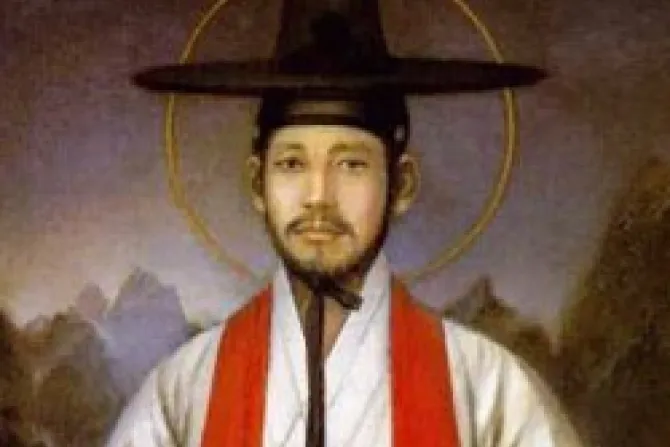Seoul, South Korea, Sep 14, 2009 / 22:10 pm
After two years of remodeling which included the addition of multimedia exhibits, the Korean Martyrs Museum-Shrine has reopened in Seoul.
The Museum-Shrine, which contains rooms for liturgical celebration and prayer, was built in 1967 on the site in Jeoldusan where many of the Korean martyrs died from 1866 to 1873. Thousands of Catholics were killed in the fierce persecutions.
The Shrine-Museum presents numerous historical documents, visual reconstructions, photographs and documentaries, Fides news agency reports.
Archbishop of Seoul Cardinal Nicholas Choeng inaugurated the reopening of the Shrine-Museum, calling it a place of “extraordinary importance” for making known the history of the Church in Korea and “the faith of our predecessors.”
The Shrine-Museum is meant to “reawaken and renew the faith” of every visitor, the cardinal said.
September is Korea’s “Month of the Martyrs.” September 20 is the universal feast of St. Andrew Kim Taegon (1821-1846), the first Korean priest and martyr and also the patron of the Korean clergy.
All Korean dioceses have organized commemorative events in honor of the martyrs, including a pilgrimage to their shrine.
Several lay people who formed a strong and fervent community first brought the Gospel to Korea at the beginning of the 17th century. The Christian community suffered harsh persecutions, especially in the second half of the 1800s.
There have been over 10,000 Korean martyrs, 103 of whom were canonized in 1984 in Seoul by Pope John Paul II in the first canonization ceremony to take place outside the Vatican.
According to Fides, in 2004 the Archdiocese of Seoul opened its investigation into the cause for beatification of the Servant of God Paul Yun Ji-Chung and his 123 companions who in 1791 were tortured and killed “in odium fidei,” in hatred of the faith.


